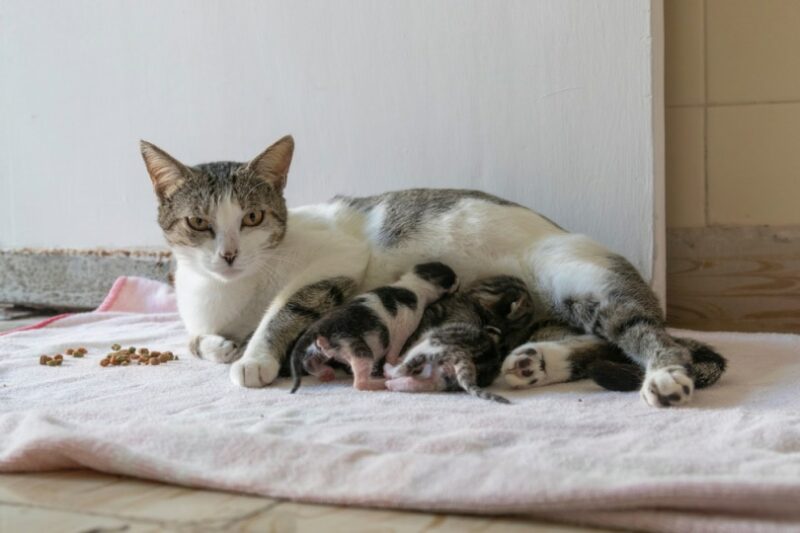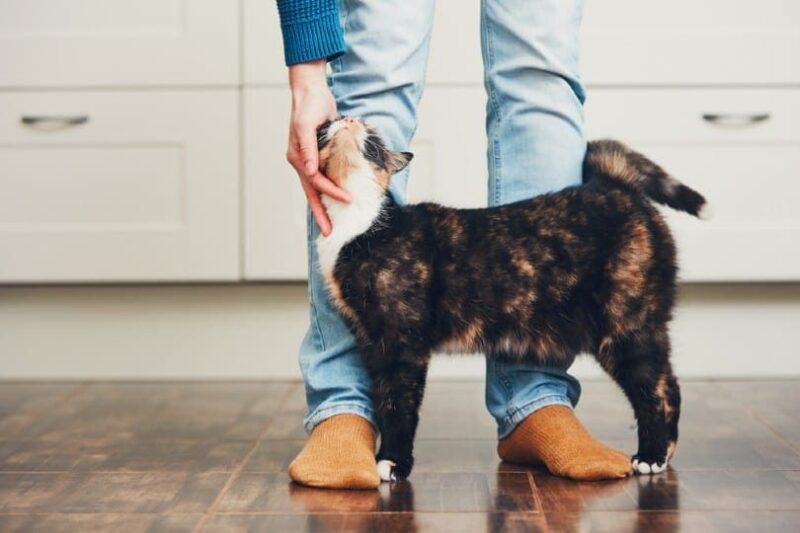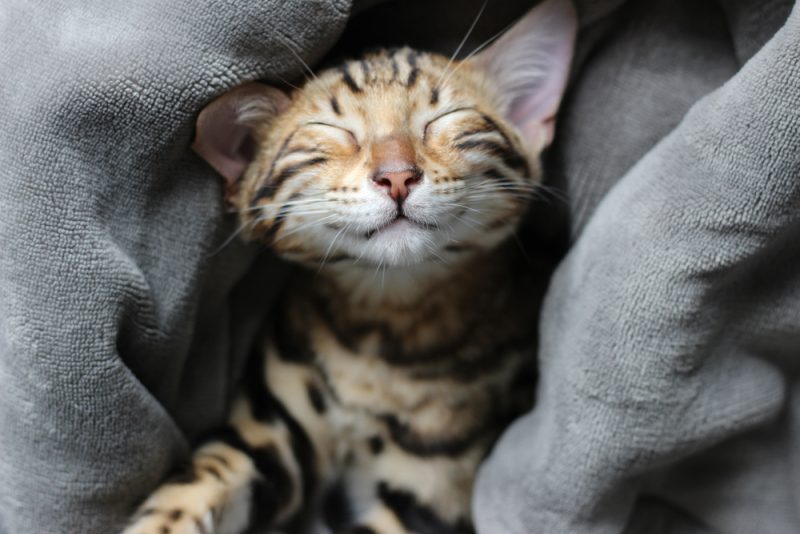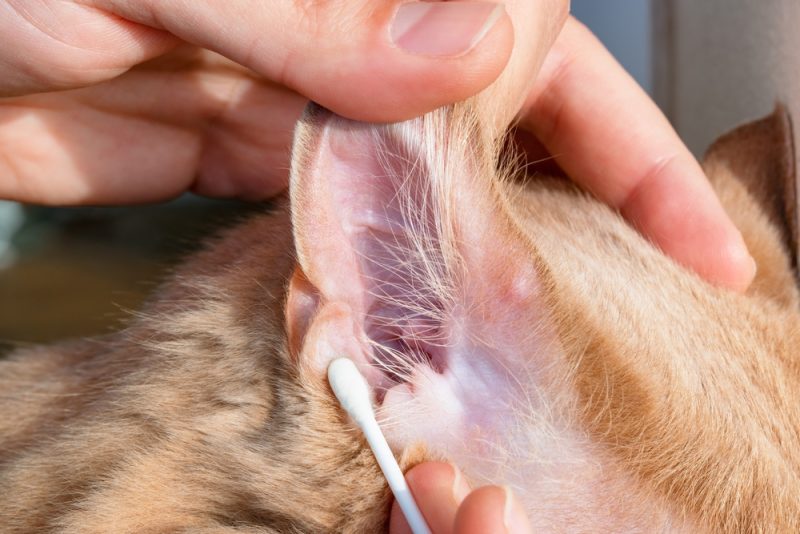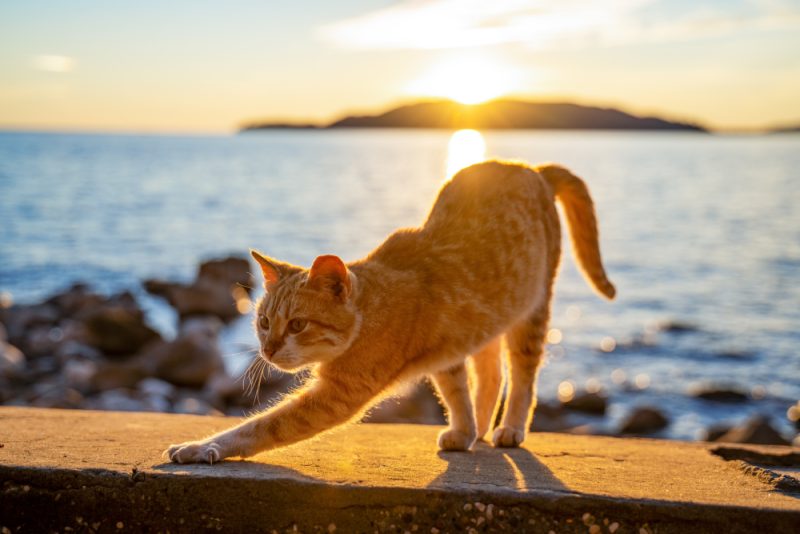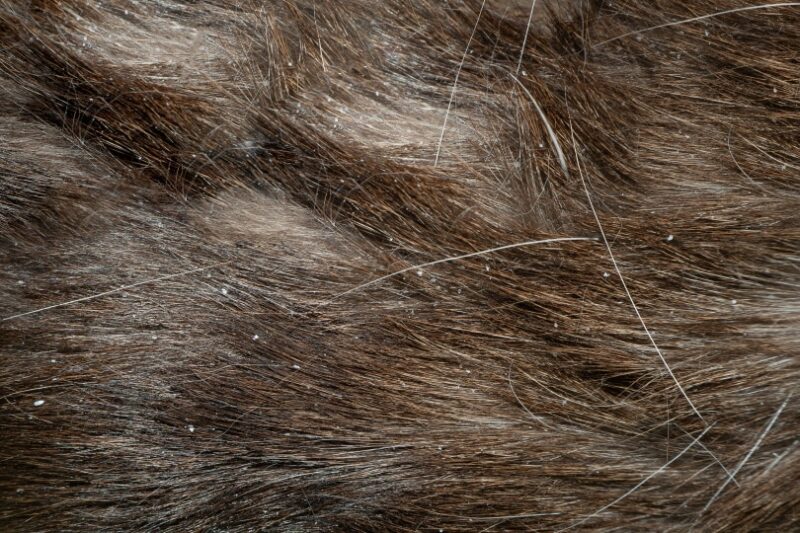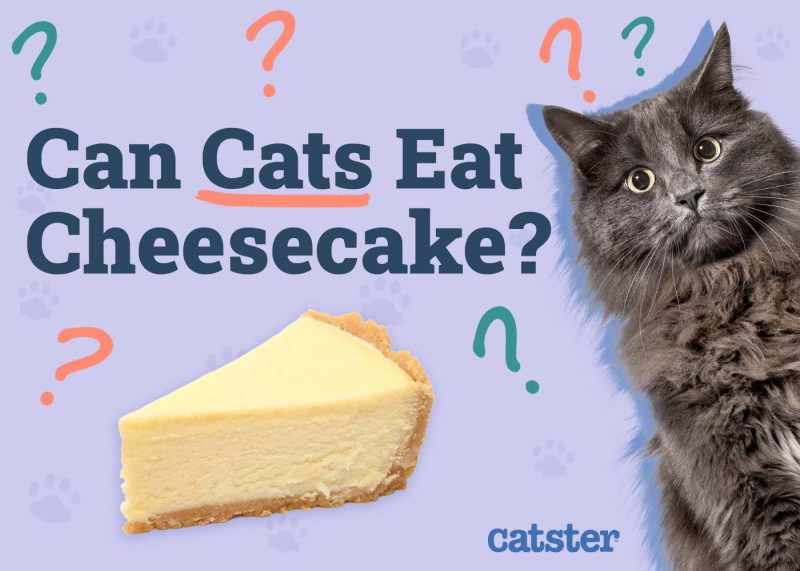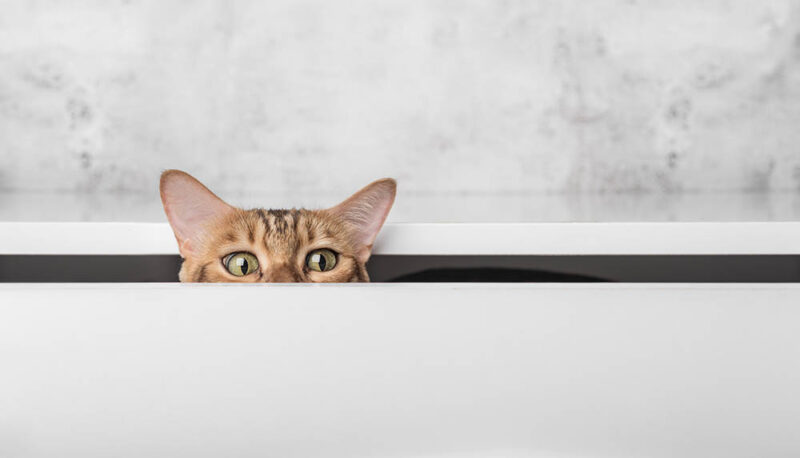In this article
View 3 More +Arthritis is a condition that involves the inflammation of one or more joints. This name comes from the Greek words, “arthron” (joint) and “itis” (inflammation). There are many causes of arthritis in cats, and bacterial, viral, and fungal infections cause septic arthritis.
Cats suffering from septic arthritis usually present painful and warm joints, lameness, fever, loss of appetite, and lethargy. For your cat to maintain their mobility, you must get a timely diagnosis and ensure that your pet receives all the necessary care. If septic arthritis is left untreated, it can migrate to organs and lead to septicemia (sepsis), which can be fatal.
Keep reading to find out what septic arthritis is in cats, the causes and clinical signs, and how you can help your cat if they suffer from this condition.
What Is Septic Arthritis in Cats?
Septic arthritis represents the inflammation and infection of one or more joints and their synovial (joint) fluid. It is caused by pathogenic organisms, such as bacteria, viruses, or fungi, that enter cats’ joints in various ways. This condition causes the destruction of the joint cartilage, which will vary depending on the virulence of the germs present in the joint.
The treatment of septic arthritis entails determining the type of microorganism involved. The most common agents are bacterial infections, so determining its sensitivity to antibiotics is essential. Intravenous antibiotics are usually prescribed for these cases. If fungi are causing the arthritis, the veterinarian will prescribe antifungal medication to your cat.
In both cases, oral treatments are expected to be long. If considered necessary, a flush or lavage of the affected joint might be performed by the vet. To help with your cat’s pain and inflammation, your vet may prescribe anti-inflammatory medication along with the main treatment. In some cases, surgery might be needed to drain the fluid from the cat’s infected joints, and physical therapy may be recommended for your cat to fully regain their mobility and speed up healing.
If you are concerned about the health and well-being of your pet, seek veterinary advice for the best course of action.
If you need to speak with a vet but can't get to one, head over to PangoVet. It's an online service where you can talk to a vet online and get the advice you need for your pet — all at an affordable price!

What Are the Causes of Septic Arthritis in Cats?
Infection of the joints can be caused by sepsis (through the bloodstream) or by the direct penetration of germs into the joint in cases of trauma or bites. In other cases, septic arthritis can occur postoperatively, when the surgical site becomes infected.
Septic arthritis in cats is mainly caused by bacteria of the genus Pasteurella, which are commonly found in the throat (oropharynx) of cats and dogs. Other pathogens that can cause septic arthritis are:
- Staphylococci
- Streptococci
- Bacteroides spp.
- Coliform bacteria
- Propionibacterium spp.
- Fusobacterium spp.
- Peptostreptococcus
- Cryptococcus
- Feline calicivirus
- Mycoplasma
- Leishmania
- Blastomyces
- Coccidioides
In very rare cases, septic arthritis can be caused by different species of ticks that transmit tick-borne diseases in cats, such as:
- Rocky Mountain spotted fever (caused by Rickettsia spp.)
- Ehrlichiosis (caused by Ehrlichia spp.)
Cats suffering from diabetes, pets with a weak immune system, or those undergoing treatment with medications that suppress the immune system are more prone to becoming ill.
What Are the Signs of Septic Arthritis in Cats?
Septic arthritis in cats has a sudden onset, unlike degenerative arthritis. The most common clinical signs are:
- Painful and inflamed joints
- Joints being warm to the touch
- Lameness
- Stiff joints
- Lethargy
- Malaise
- Lack of appetite
- Fever and depression (advanced cases)
When the primary infection is localized at the joint level, it can migrate to the surrounding tissue, causing bone or local infections, or it could travel by blood to other organs and cause septicemia if left untreated.
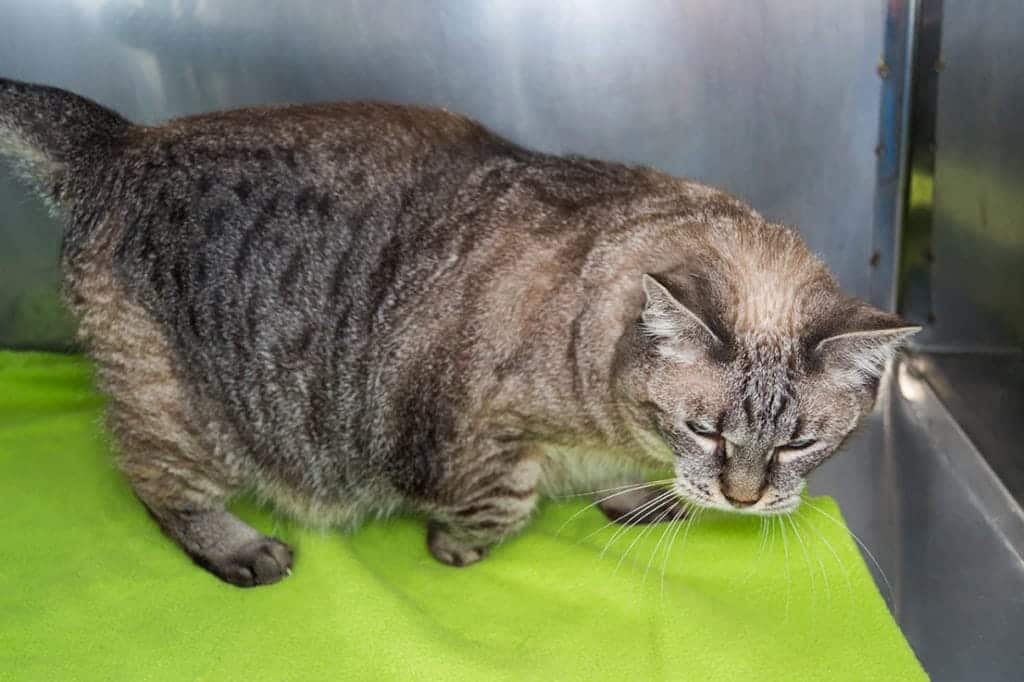
How to Care for a Cat With Septic Arthritis
When septic arthritis is diagnosed quickly (24–48 hours), antibiotic/antifungal therapy is effective in most cases. Therefore, follow the advice and indications of your veterinarian regarding your cat’s medication. You should also limit your cat’s movements until cleared by the vet.
To reduce your cat’s pain and inflammation, your vet might recommend placing cold compresses or ice packs over the painful area, alternating with heat packs. Never put ice or heat packs directly on your cat’s skin because you risk causing burns. Cover them with a towel to create a barrier.
When the treatment is delayed, your cat may experience joint degeneration and permanent damage. Also, in some cases, the infection could migrate, and your cat could develop septicemia.
Conclusion
Septic arthritis represents the infection of one or more joints caused by bacteria (mainly), viruses, or fungi. This condition has a sudden onset, and the clinical signs include pain and inflammation at the joint level, lameness, warm joints, lethargy, fever, and lack of appetite. If your cat shows any of these signs, take them to the vet as soon as possible for diagnosis and treatment. To help your cat get over this issue faster, follow the veterinarian’s instructions and treatment. If your cat is in pain, it might be helpful to apply cold compresses alternating with warm compresses over the painful joints, but ask the vet first.
Featured Image Credit: C. Freshour, Shutterstock



